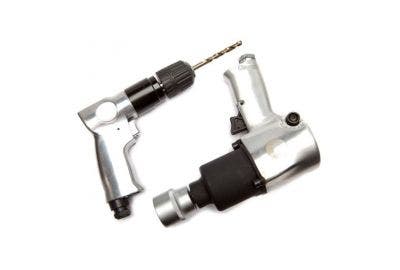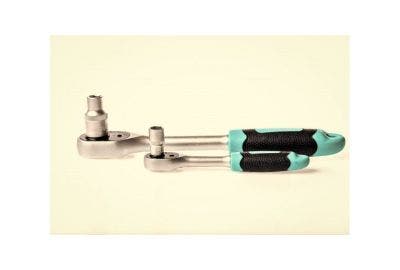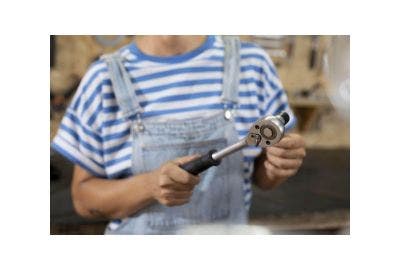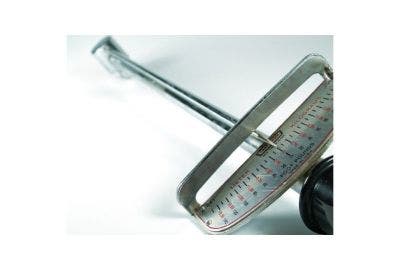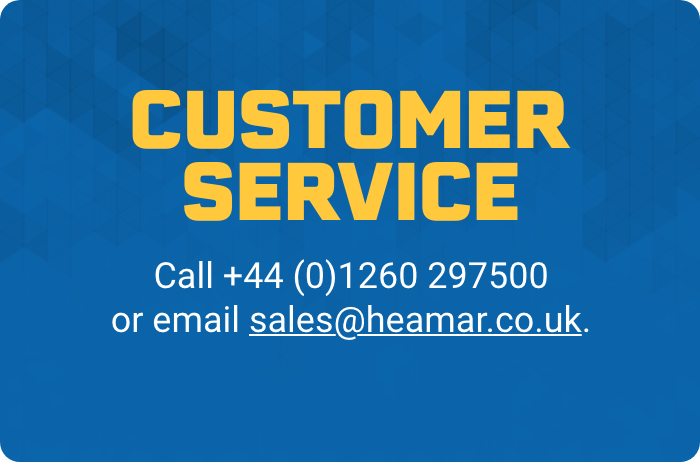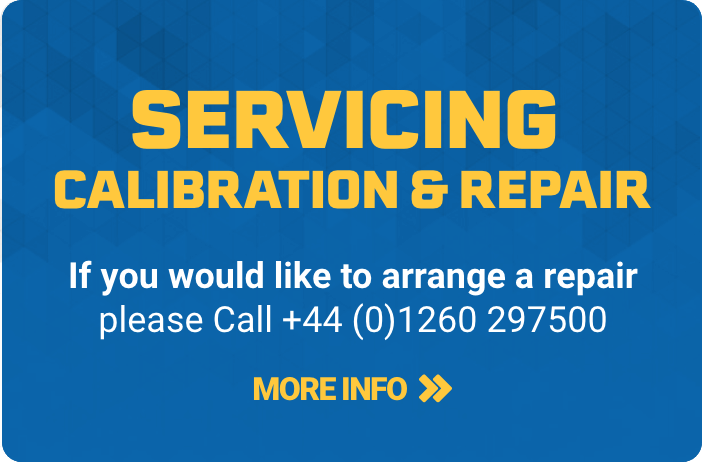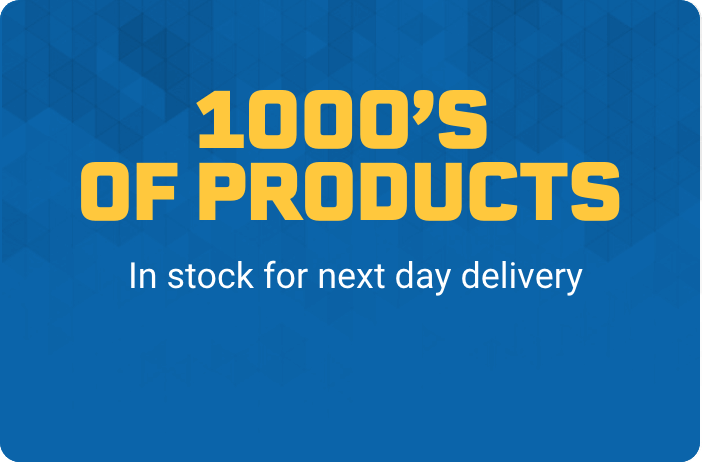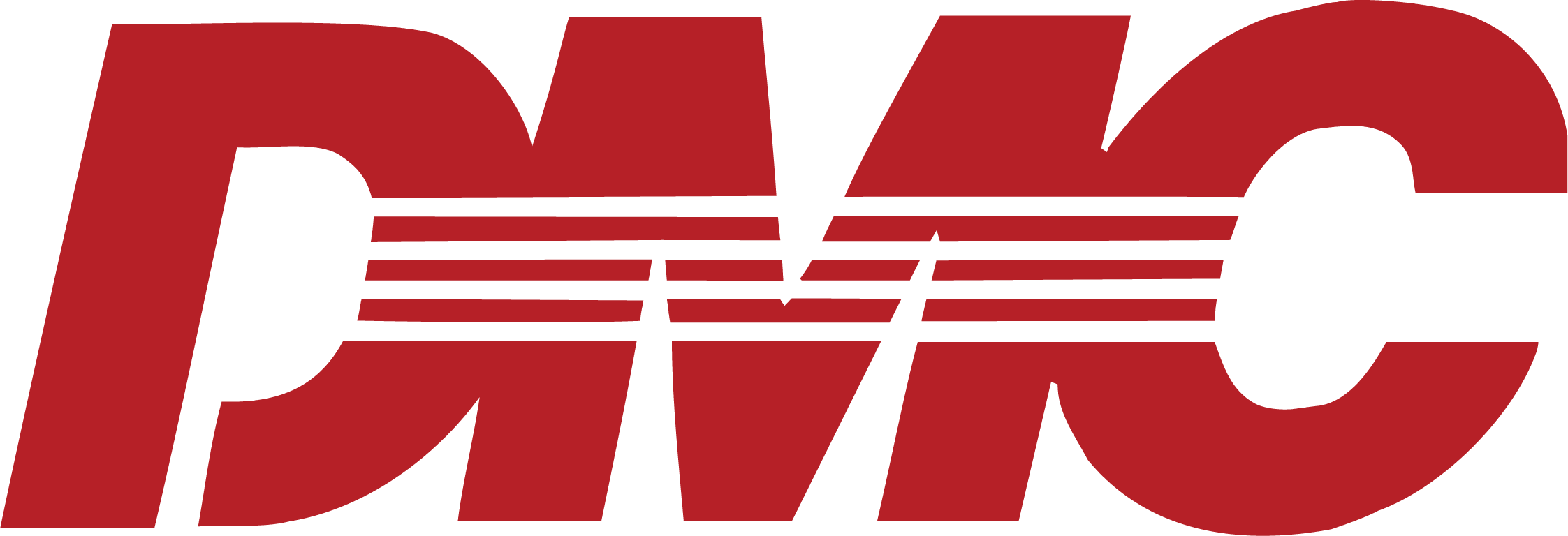Powered ratchet wrenches have revolutionised how professionals and DIY enthusiasts tackle tasks involving bolts and nuts. These tools save time, reduce effort and offer precision that manual ratchets can’t match. Whether you’re working on a car engine or assembling furniture, they’re essential for efficiency.
This guide will help you choose the best-powered ratchet wrench for your needs. We’ll cover what they are, their benefits, types, features to consider, and maintenance tips to ensure longevity. As you explore, think about your specific tasks—whether professional or DIY—to find the right tool for you.
What is a Powered Ratchet Wrench?

A powered ratchet wrench is a tool designed to tighten or loosen nuts and bolts quickly and efficiently, using a motor-driven mechanism instead of manual effort.
Unlike traditional ratchets that rely on physical strength and leverage, powered ratchet wrenches use either an electric motor or pneumatic power to rotate the wrench head, providing consistent torque with minimal effort.
These tools are particularly popular in automotive repair, construction and various DIY applications, where speed and precision are needed. Powered ratchet wrenches allow users to work in tight spaces where traditional wrenches might struggle to fit, making them a go-to choice for many professionals and hobbyists alike.
The growing popularity of powered ratchet wrenches in both professional and home settings can be attributed to their ability to save time and reduce physical strain. With adjustable torque settings and various sizes available, these tools cater to a wide range of tasks, from light maintenance work to heavy-duty projects.
Benefits of Using Powered Ratchet Wrenches
Powered ratchet wrenches offer significant advantages over manual options, making them a valuable addition to any toolkit. Key benefits include:
- Time and Effort Saving: Motorised mechanisms deliver consistent torque, allowing for quicker tightening or loosening of bolts with minimal physical strain.
- Precision: Adjustable torque settings ensure bolts are fastened to exact specifications, improving safety and extending tool and fastener life.
- Access to Tight Spaces: Compact designs enable use in confined areas like engine bays or behind furniture, where manual tools often struggle.
- Reduced Physical Strain: By eliminating repetitive motion, powered models help reduce fatigue during prolonged use, enhancing comfort and productivity.
These features make powered ratchet wrenches indispensable for professionals and hobbyists alike, offering versatility across various tasks.
Types of Powered Ratchet Wrenches
When selecting a powered ratchet wrench, it's advised to understand the differences between those that are pneumatic or electric, and whether they are corded or cordless. Here’s an overview:
Cordless vs. Corded Models
- Cordless Powered Ratchet Wrenches: Powered by rechargeable batteries, these tools offer mobility and flexibility, ideal for outdoor or on-the-go tasks. Battery life can vary, so longer-lasting Lithium-ion batteries are recommended for extended use.
- Corded Powered Ratchet Wrenches: Deliver constant power without needing recharging, making them suitable for heavy-duty, stationary tasks. However, mobility is limited due to the reliance on a power source.
Pneumatic vs. Electric Ratchet Wrenches
- Pneumatic Models: Air-powered tools known for high torque and reliability in industrial settings. They require an air compressor, making them less portable but ideal for demanding tasks.
- Electric Models: Available in both corded and cordless options, they are user-friendly and versatile. While not as powerful as pneumatic tools, they are perfect for general tasks and DIY projects.
Choose the type that best suits your needs, balancing mobility, power, and task requirements.
Key Features to Consider

When choosing a powered ratchet wrench, it's advised to evaluate several key features that will impact the tool’s performance, durability and ease of use. Understanding these features will help you select the right tool for your specific needs.
Torque Range and Power
Torque measures the rotational force applied to a bolt or nut. Higher torque is essential for heavy-duty tasks, such as automotive repairs or machinery maintenance, where stubborn fasteners are common. For lighter applications, such as furniture assembly or basic household projects, moderate torque suffices. Adjustable torque settings allow you to customise performance based on the task, ensuring precision and efficiency.
Battery Life and Charging Time
Cordless models rely on batteries, making runtime and charging time critical factors. Lithium-ion batteries are highly recommended due to their longer lifespan, quicker charging capabilities, and consistent power output. If you frequently work on extended projects, choose models with larger battery capacities or invest in a backup battery to minimise downtime.
Build Quality and Durability
The materials used in a powered ratchet wrench greatly influence its longevity. Tools made from high-grade steel or reinforced composite materials are better suited to withstand wear and tear. Rust-proof and weather-resistant finishes are essential for outdoor or humid environments, reducing the risk of corrosion and maintaining performance over time.
Comfort and Ergonomics
User comfort is vital, especially for prolonged use. Lightweight models reduce hand and arm fatigue, while ergonomic handles provide a secure grip and minimise strain.
Features like anti-vibration technology enhance control and comfort, allowing users to work more efficiently without compromising on precision.
Noise Levels and Maintenance
Powered ratchet wrenches vary in noise output, with quieter models being more suitable for enclosed workshops or home settings. Regular maintenance, such as cleaning, lubrication and part replacements, is essential to keep the tool functioning optimally. Look for models that offer clear maintenance instructions and easy access to replacement parts for added convenience.
How to Choose the Right Powered Ratchet Wrench
Selecting the right powered ratchet wrench involves assessing your specific needs, understanding the different features available, and considering your budget. Here’s a guide to help you make an informed decision.
Assessing Your Needs and Applications
The first step in choosing a powered ratchet wrench is to consider the types of tasks you'll be using it for. If you’re a professional mechanic or regularly work on vehicles, you’ll need a wrench with higher torque and durability.
For occasional DIY projects, a lighter, more affordable model may suffice. Think about the frequency of use as well—professionals will benefit from investing in a more robust tool, while occasional users might prioritise ease of use and portability.
Budget Considerations
Powered ratchet wrenches vary widely in price, depending on their features and brand. While it might be tempting to opt for a cheaper model, it’s advised to balance cost with quality.
For frequent users, investing in a higher-quality tool can lead to long-term savings by reducing the need for replacements or repairs. However, if you only need the wrench for occasional tasks, a mid-range model may offer the best value.
Maintenance and Care Tips

Proper maintenance is essential for extending the life of your powered ratchet wrench and ensuring peak performance. Follow these tips to keep your tool in excellent condition.
Proper Cleaning Techniques
After each use, clean your wrench to remove grease, dust and debris. Use a clean, dry cloth for surface cleaning, and for stubborn grime, apply a mild tool-safe cleaning solution with a soft brush. Avoid abrasive materials or harsh chemicals that could damage the wrench.
Always ensure the tool is completely dry before storing it to prevent rust or corrosion.
Routine Inspections and Repairs
Regularly inspect your wrench for signs of wear and tear, such as reduced torque, unusual noises or loose parts. Pay special attention to the gears and moving components, as these are prone to wear with extended use. If you identify minor issues, address them promptly to prevent larger problems. For more complex repairs, seek professional servicing to ensure the tool remains safe and functional.
Keep the moving parts of your powered ratchet wrench well-lubricated to reduce friction and maintain smooth operation. Use manufacturer-recommended lubricants and apply them according to the maintenance guidelines provided with your tool. Proper lubrication also helps reduce wear on internal components, extending the lifespan of your wrench.
Storage Recommendations
Store your wrench in a dry, secure place to protect it from dust, moisture and accidental damage. A protective case or toolbox is ideal, especially for cordless models, to prevent impacts and scratches. For infrequent users, consider removing the battery before storage to prevent unnecessary battery drain or damage.
To maximise battery life, charge the battery fully before storage and avoid letting it deplete completely during use. Store batteries in a cool, dry place away from direct sunlight or extreme temperatures. Replace old batteries with compatible models to maintain consistent performance.
Final Recommendations
Summary of Top Picks
Selecting the right powered ratchet wrench starts with understanding your specific needs. For heavy-duty tasks, pneumatic models deliver unmatched torque and reliability, ideal for professionals in industrial settings. On the other hand, electric models—available in both corded and cordless options—offer greater versatility and ease of use for general tasks and DIY projects.
Cordless models stand out for mobility and flexibility, while corded wrenches provide consistent power for prolonged tasks. Brands known for their durable and high-performance tools often offer the best value, combining reliability with long-term savings.
Final Buying Tips
When making your purchase, balance your budget with the tool’s quality and features. Investing in a well-built wrench can save money in the long run by reducing repairs and replacements. Check for models with ergonomic designs, robust construction, and sufficient torque for your tasks.
Additionally, proper maintenance is vital to keep your tool performing at its best. Regular cleaning, inspections, and correct storage will ensure a longer lifespan, meaning you get the most out of your investment.
With the right powered ratchet wrench in your toolkit, you’ll be ready to tackle any task with ease and efficiency.


